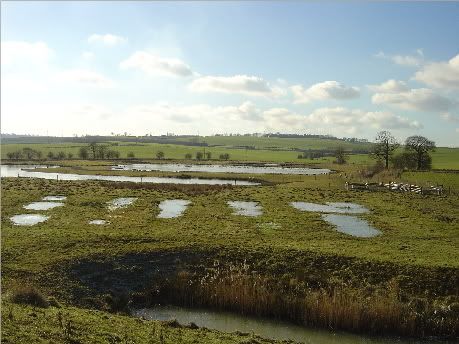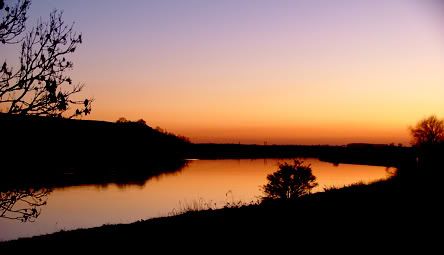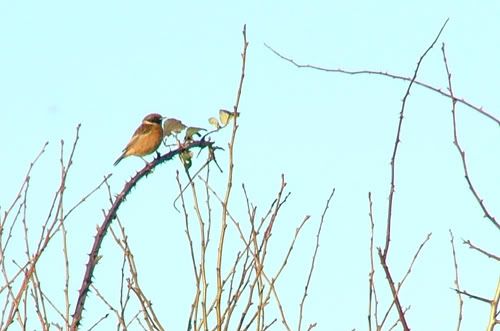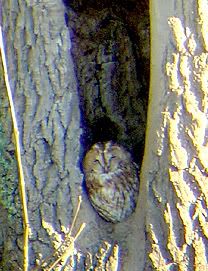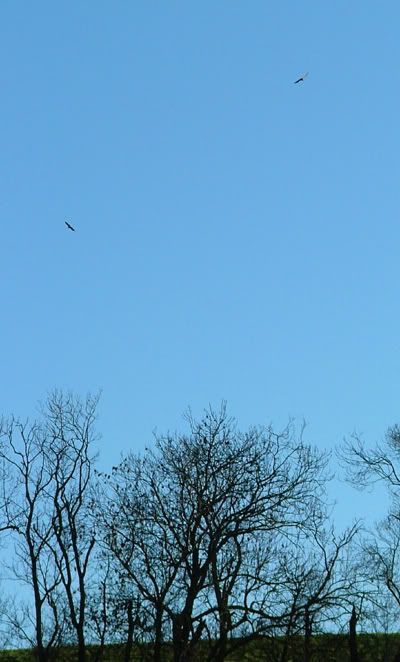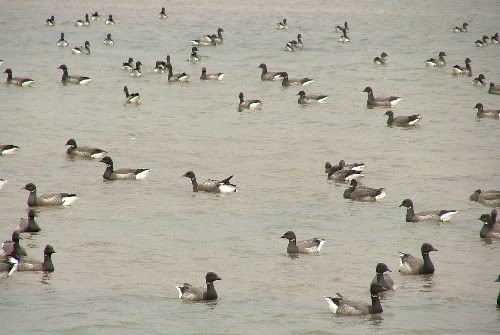 First up was Freiston Shore RSPB. There's only the one hide, but practically two if you go by car since the car park faces directly onto the lagoon. Birds like Brent Goose (Dark-bellied), Redshank, Black-tailed Godwit, Wigeon and Ringed Plover continue foraging as if oblivious to your arrival, this and they are hardly 10 yards away across a fence.
First up was Freiston Shore RSPB. There's only the one hide, but practically two if you go by car since the car park faces directly onto the lagoon. Birds like Brent Goose (Dark-bellied), Redshank, Black-tailed Godwit, Wigeon and Ringed Plover continue foraging as if oblivious to your arrival, this and they are hardly 10 yards away across a fence.Other notable birds on site were Knot, Curlew, Goldeneye, Oystercatcher, Dunlin, one Spotted Redshank, Reed Bunting and Tree Sparrow.
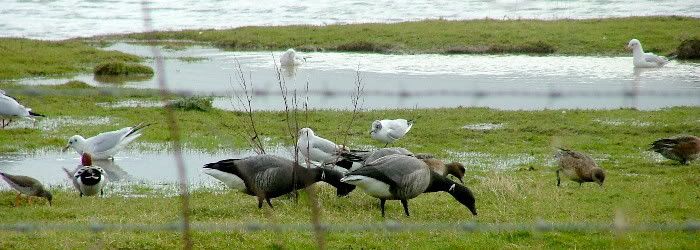 That car park view.
That car park view. View from the hide.
View from the hide. The eastern side of the reserve is all impassable salt marsh, with countless gullies populated by Redshank (almost annoyingly vocal with their alarm calls) and Little Egret, and 400 yards beyond that the beach. I could make out big numbers Golden Plover and Oystercatcher, the smaller waders too difficult to make out at that range though. Did get a Red-breasted Merganser in the shallows though.
The eastern side of the reserve is all impassable salt marsh, with countless gullies populated by Redshank (almost annoyingly vocal with their alarm calls) and Little Egret, and 400 yards beyond that the beach. I could make out big numbers Golden Plover and Oystercatcher, the smaller waders too difficult to make out at that range though. Did get a Red-breasted Merganser in the shallows though.Then onto Frampton Marsh RSPB. Visitor-wise it's utterly undeveloped, only a small car park and a footpath that runs through the reserve rather than around. This time it's nothing but salt marsh, again plenty of Little Egret, also picked up a pair of Twite here though, good bird any day. The sea is even further away here, still it was mid-afternoon now and enormous tumbling bait ball flocks of Knot were in the far distance.
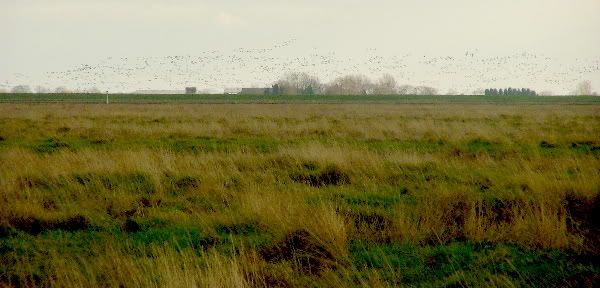
 Little Egret by the road.
Little Egret by the road.

 Little Egret by the road.
Little Egret by the road.At either site Short-eared Owl and Hen Harrier, among other raptors, look likely considering the landscape, didn't see either though, neither had anybody else we talked to. Just a no show of a day.
In between them we attempted a visit to a beach site where a Sperm Whale was reported to have washed up a couple of days earlier - dead or alive it'd be pretty cool to see a true leviathan of the sea, plus we might see Shore Lark or Snow Bunting on the beach. Unfortunately the online forum I found the news on neglected to mention that beach is a part time bombing range for the RAF, which explained the low runs fast jets were doing above us. Just behind the sea wall there was a control tower and a barrier down across the road beside it. We buzzed the intercom and found out access would return at 5pm - when it would have been getting dark.
Can't be disappointed though. Those Brents were a true spectacle.
In the spring/summer, it looks like Freiston Shore is good for breeding Avocet, so a return visit is on the cards when the weather warms up.
Well worth a day outing for any birder.
Video - Brent Geese at Freiston Shore
In between them we attempted a visit to a beach site where a Sperm Whale was reported to have washed up a couple of days earlier - dead or alive it'd be pretty cool to see a true leviathan of the sea, plus we might see Shore Lark or Snow Bunting on the beach. Unfortunately the online forum I found the news on neglected to mention that beach is a part time bombing range for the RAF, which explained the low runs fast jets were doing above us. Just behind the sea wall there was a control tower and a barrier down across the road beside it. We buzzed the intercom and found out access would return at 5pm - when it would have been getting dark.
Can't be disappointed though. Those Brents were a true spectacle.
In the spring/summer, it looks like Freiston Shore is good for breeding Avocet, so a return visit is on the cards when the weather warms up.
Well worth a day outing for any birder.
Video - Brent Geese at Freiston Shore
